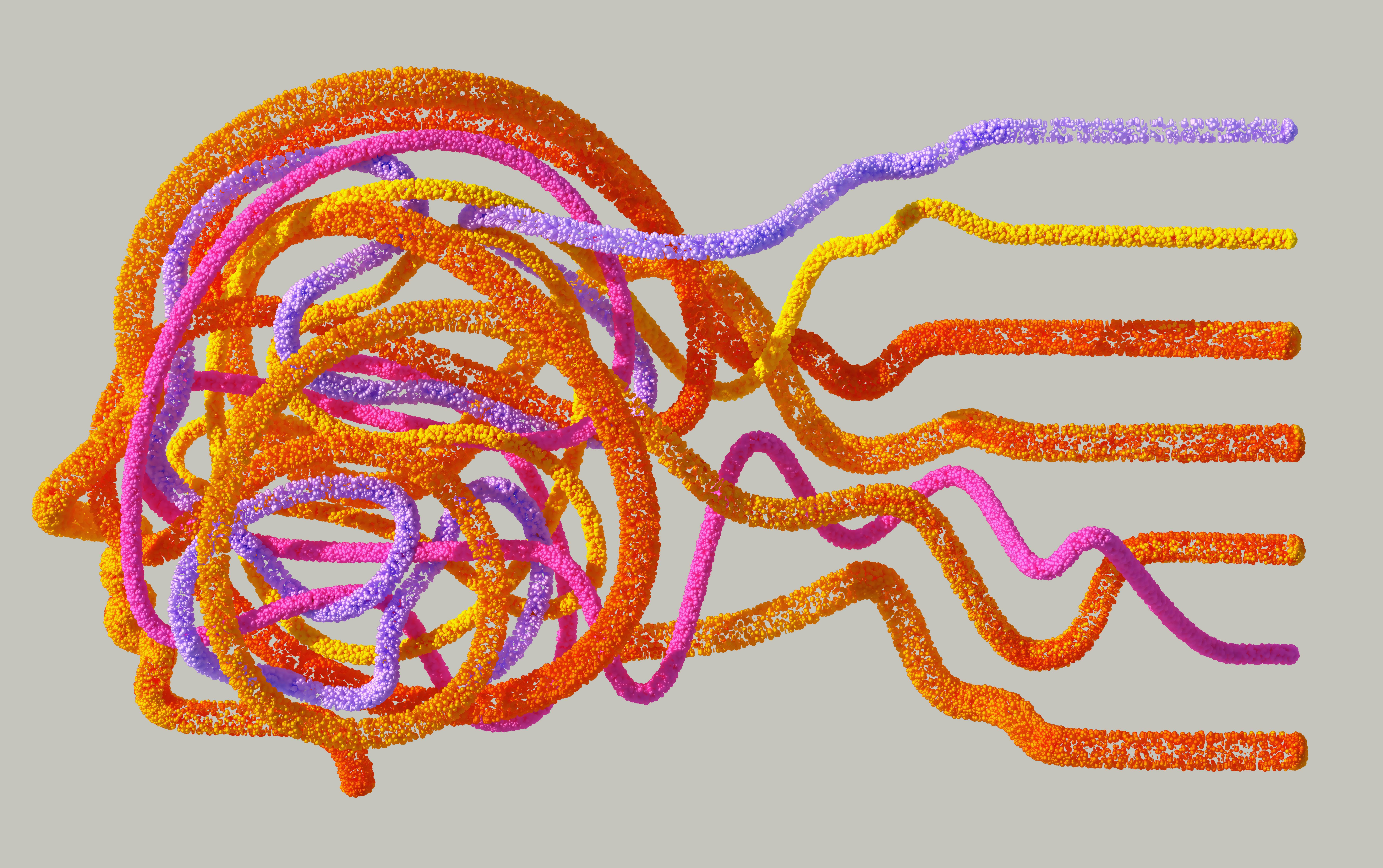Agentic AI
Jan 17, 2025

Deepak Singla
IN this article
RAG systems excel at retrieving and presenting answers but fall short when action is required. Agentic AI bridges this gap by combining knowledge retrieval with real-time actions, transforming support workflows with dynamic, action-oriented AI solutions.
If you’ve ever built or worked with AI systems, you know the allure of Retrieval-Augmented Generation (RAG). It’s been the go-to framework for most companies in the last 24 months, and for good reason. It’s simple, powerful, and does one thing exceptionally well: it retrieves answers from knowledge bases, phrases them nicely, and gets the job done for simple, static Q&A.
But here’s the catch: RAG systems falls short when you need AI to take actions or adapt beyond the scope of static knowledge. They’re great at telling users what to do but fail to handle the actual doing. Imagine a customer asking, “How do I reset my password?” A RAG system will walk them through the steps, but what if the AI could just reset the password for them?
That’s where Agentic AI shines. Agentic AI works because it combines the ability to retrieve knowledge with the capacity to take action. Let’s break it down:
1. Stateful Interactions: Unlike RAG, which treats each question in isolation, Agentic AI tracks user context and state over time. This makes it ideal for multi-step processes like troubleshooting or account updates.
2. Action-Oriented Workflows: Integrated with APIs, Agentic AI doesn’t just tell you how to do something—it directly executes tasks. For example:
• Updating customer profiles.
• Submitting refund requests.
• Scheduling deliveries.
3. Dynamic Learning Loops: By leveraging Reinforcement Learning from Human Feedback (RLHF) and real-time event tracking, Agentic AI can continuously improve workflows based on outcomes.
4. Knowledge Evolution: Instead of relying solely on static databases, Agentic AI connects to live systems (like ticket logs or CRM updates), dynamically adjusting its knowledge to reflect changes in policies, product features, or edge cases.
Agentic AI helps you take actions. It’s the difference between saying, “You can find the details here” and “Done! I’ve processed that refund for you.”
To move from RAG to Agentic AI, here’s what we built at Fini:
1. Knowledge Store: An AI system that structures, updates, and de-duplicates knowledge from past tickets, ensuring agents act on the latest, cleanest data.
2. Custom Actions: Agents integrate with customer APIs to directly perform tasks (using systems like Zapier for simplicity or custom endpoints for scalability).
3. Context Management: A robust state management layer that retains conversation history and customer-specific attributes to tailor solutions dynamically.
4. Safety Guardrails: Guardrails ensure agents act within defined boundaries and notify users of any uncertainty before taking critical actions.
The result? Companies like Column Tax Qogita have seen their support workflows automated by over 70%. Response times have gone from hours to seconds, and human agents now focus on solving complex problems and edge cases, instead of handling repetitive actions.
RAG laid the foundation, but Agentic AI is the future. It’s not just answering questions—it’s delivering outcomes.
Are you still stuck on RAG, or are you building for the next wave?
Co-founder














